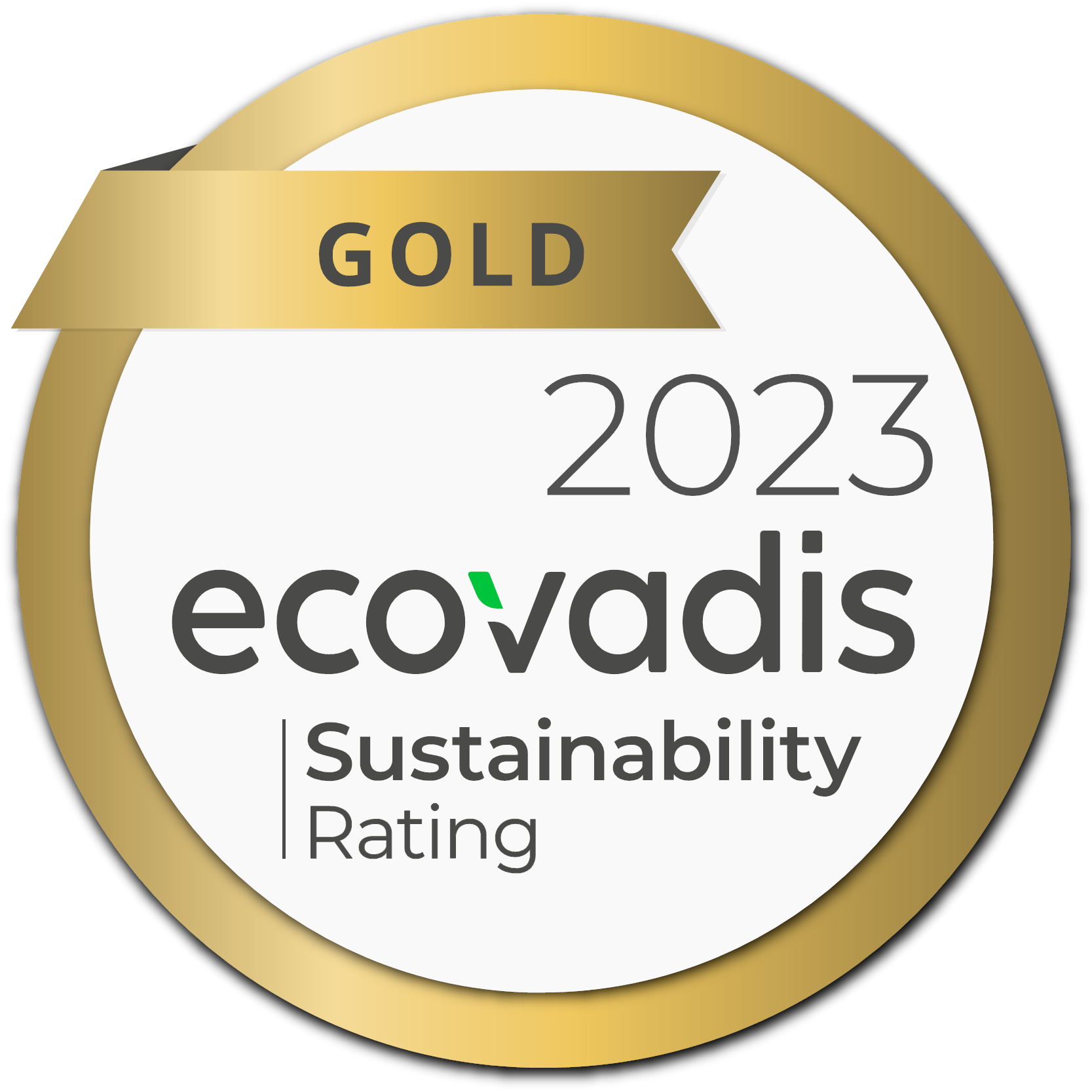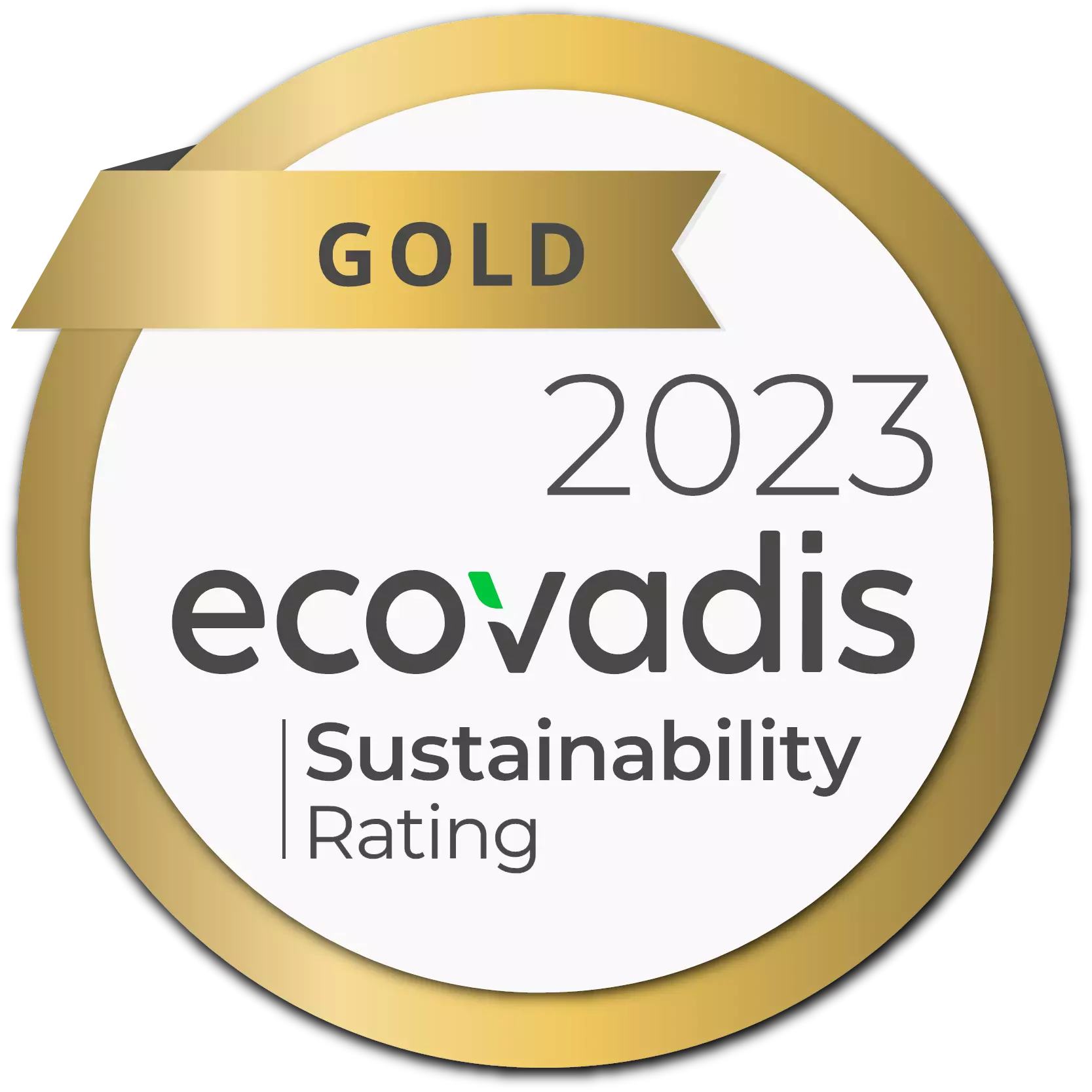Difference Between Phosphite Antioxidants and Phenolic Antioxidants
Antioxidants are compounds that protect materials from oxidative degradation by reducing or inhibiting the formation of free radicals. Phosphite antioxidants and phenolic antioxidants are two commonly used types of antioxidants, each with its own unique set of properties and applications. Understanding the differences between these two compounds is essential for selecting the right antioxidant for your specific application.
This blog offers a comparison between the two antioxidants, focusing on their difference in properties and uses.
Properties of Phosphite Antioxidants
Phosphite antioxidants possess a range of properties, which can be categorized into extrinsic properties, intrinsic properties, general characteristics, and chemical composition:
-
Extrinsic Properties:
1. Solubility: Phosphite antioxidants are typically insoluble in water but are soluble in various organic solvents. This solubility makes them suitable for applications where water compatibility is not required.
2. Compatibility: They are generally compatible with a wide range of polymers and plastics, making them versatile additives in the manufacturing process.
3. Heat Stability: Phosphite antioxidants exhibit good heat stability, enabling them to withstand high-temperature processing during the production of polymers and plastics.
-
Intrinsic Properties:
1. Reducing Agents: The primary mechanism of action for phosphite antioxidants is their role as reducing agents. They work by breaking the oxidation chain reactions, neutralizing peroxides, and preventing further oxidative degradation.
2. Synergy: Phosphite antioxidants frequently enhance overall antioxidant performance when combined with other antioxidants like phenolic antioxidants, creating a more robust defense against oxidation.
-
General Characteristics:
1. Physical State: Phosphite antioxidants are typically white or pale-colored solids at room temperature. They may exist in various forms, such as powders or flakes, depending on their specific chemical structure.
2. Chemical Stability: They are generally stable under normal storage conditions and do not undergo significant chemical changes, ensuring their long shelf life.
3. Low Volatility: Phosphite antioxidants have low volatility, which means they do not readily evaporate at typical operating temperatures.
4. Long-Lasting Protection: Phosphite antioxidants offer enduring protection against oxidative degradation by neutralizing peroxides and interrupting oxidation chains, thereby extending product shelf life.
-
Chemical Composition:
Phosphite antioxidants are esters of phosphorous acid (H3PO3). Common examples of phosphite antioxidants include:
1. Tris(2,4-di-tert-butylphenyl) Phosphite: This is one of the most widely used phosphite antioxidants. It consists of three 2,4-di-tert-butylphenyl groups attached to a phosphorous atom.
2. Tris(nonylphenyl) Phosphite (TNPP): TNPP is another common phosphite antioxidant with nonylphenyl groups attached to the phosphorous atom.
3. Tris(2,6-dimethylphenyl) Phosphite: This variant of phosphite antioxidant contains 2,6-dimethylphenyl groups attached to the phosphorous atom.
Properties of Phenolic Antioxidants
Phenolic antioxidants possess a range of properties that contribute to their effectiveness as antioxidants:
-
Extrinsic Properties:
1. Solubility: Phenolic antioxidants often exhibit good solubility in both water and organic solvents. This solubility versatility allows them to be used in a wide range of applications, from food preservation to cosmetics and polymers.
2. Compatibility: They are generally compatible with a variety of materials, which makes them suitable for incorporation into different product formulations without causing adverse reactions.
3. Heat Stability: Phenolic antioxidants exhibit excellent heat stability, making them ideal for high-temperature applications like cooking oil preservation and plastic manufacturing.
-
Intrinsic Properties:
1. Hydrogen Donors: One of the key intrinsic properties of phenolic antioxidants is their ability to act as hydrogen donors. When oxidation reactions occur, phenolic antioxidants donate hydrogen atoms to free radicals, effectively breaking the oxidative chain reactions.
2. Reduction of Peroxides: Phenolic antioxidants excel at reducing and neutralizing hydroperoxides, common byproducts of lipid oxidation. This action effectively prevents the formation of harmful compounds and material degradation, especially in oils and fats.
3. Spectral Absorption: Some phenolic antioxidants can absorb ultraviolet (UV) radiation. This property is useful in applications such as sunscreen formulations, where they can help protect the skin from UV-induced damage.
-
General Characteristics:
1. Physical State: Phenolic antioxidants can exist in various physical states, including solids, liquids, and semi-solids. The choice of physical form depends on the specific antioxidant compound and its intended application.
2. Colour: Phenolic antioxidants offer a different range of colours consisting of white, yellow and brown, depending on the compound’s chemical structure and purity.
3. Stability: They generally exhibit good stability when stored under appropriate conditions. Proper storage, such as protecting them from moisture and extreme temperatures, ensures their long-term effectiveness.
-
Chemical Composition:
1. Phenolic Ring Structure: Phenolic antioxidants are characterized by the presence of a phenolic ring structure in their chemical composition. This ring structure contains an aromatic ring with a hydroxyl (-OH) group attached to it.
2. Alkyl or Aryl Substituents: Phenolic antioxidants often have alkyl or aryl substituents attached to the phenolic ring. These substituents can influence the antioxidant’s properties, such as its solubility and reactivity.
3. Variability: The chemical composition of phenolic antioxidants can vary widely from one compound to another. Common examples of phenolic antioxidants include butylated hydroxytoluene (BHT), butylated hydroxyanisole (BHA), and various natural phenolic compounds found in plants.
Key Differences between Phosphite Antioxidants and Phenolic Antioxidants
Phosphite antioxidants and Phenolic antioxidants are two distinct categories of antioxidants, each with unique properties and applications. Here are the key differences between them, both in terms of their properties and their uses:
1. Mechanism of Action:
- Phosphite Antioxidants: Phosphite antioxidants act as reducing agents. They work by donating electrons to free radicals, effectively breaking the oxidative chain reactions. Phosphite antioxidants are particularly effective against hydroperoxides.
- Phenolic Antioxidants: Phenolic antioxidants, on the other hand, act as hydrogen donors. They donate hydrogen atoms to free radicals, interrupting the oxidation process. Phenolic antioxidants are known for their effectiveness in preventing the formation of harmful compounds during oxidation.
2. Applications:
- Phosphite Antioxidants:
- Commonly used in the stabilization of polymers, such as plastics and rubber, to prevent oxidative degradation during processing and storage.
- Suitable for applications where water solubility is not a critical requirement.
- Found in various industrial and packaging materials.
- Phenolic Antioxidants:
- Widely employed in the preservation of food products, cosmetics, and pharmaceuticals to extend shelf life and maintain product quality.
- Versatile due to their solubility in both water and organic solvents, making them suitable for a wide range of formulations.
- Also used in plastics, rubber, and lubricants to protect against oxidation during production and use.
While of these additives share the fundamental goal of inhibiting oxidation reactions the concerned products, their properties and applications differ significantly. Vinati Organics is a distinguished supplier of phenolic antioxidants and phosphite antioxidants and takes immense pride in being consistent with eco-friendly chemicals that meet highest purity parameters. Contact us to choose the right antioxidant for your specific requirements and we will guide you into making an informed decision.





